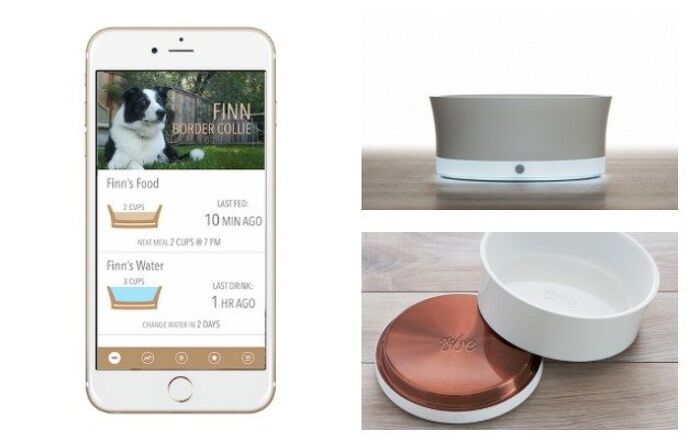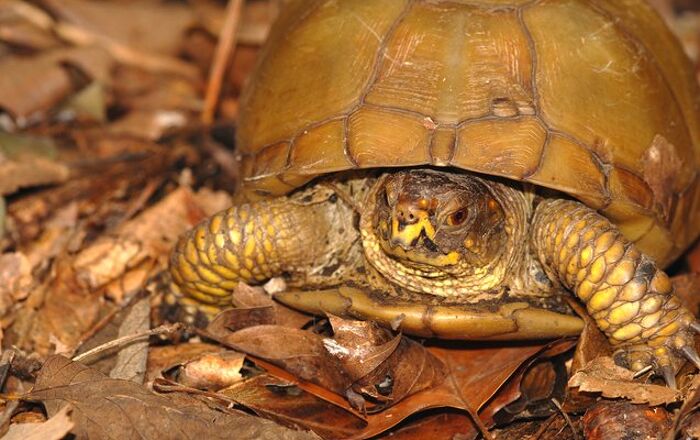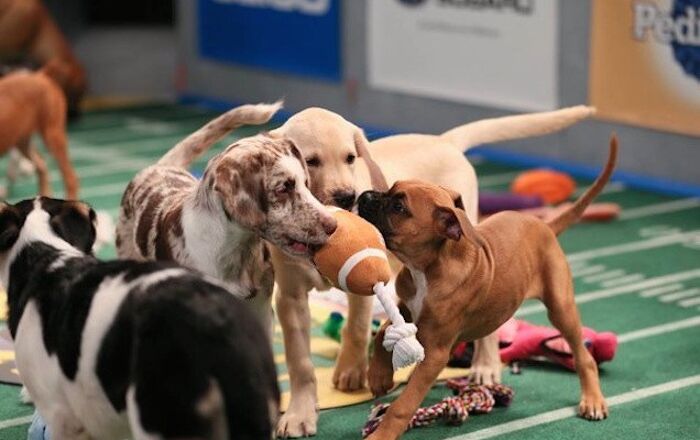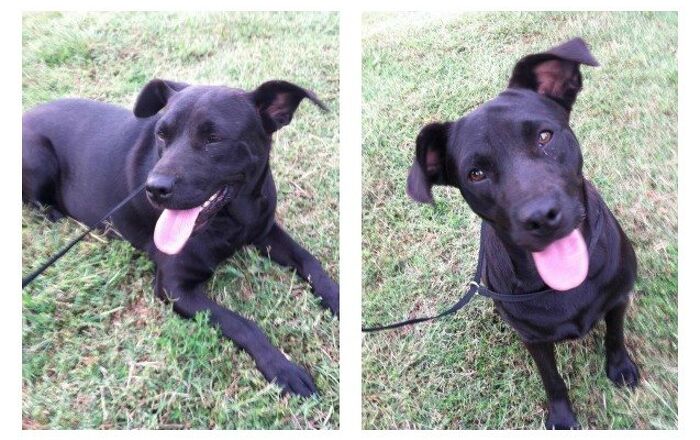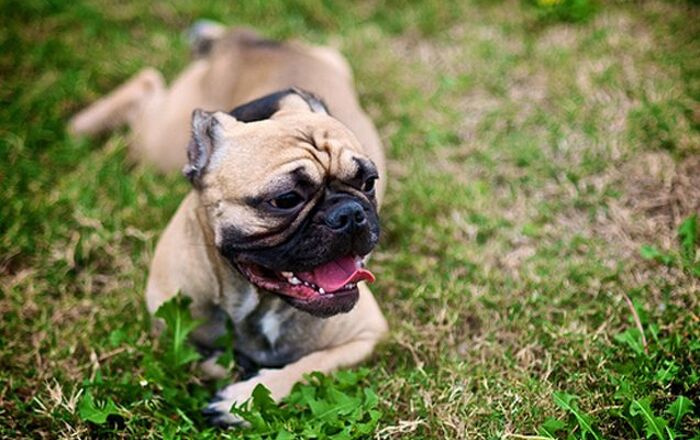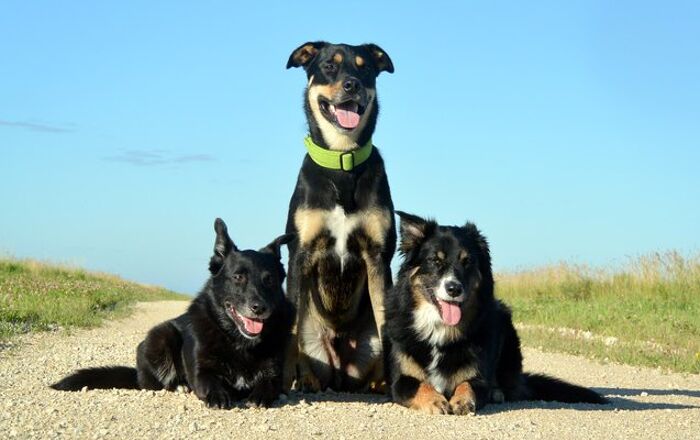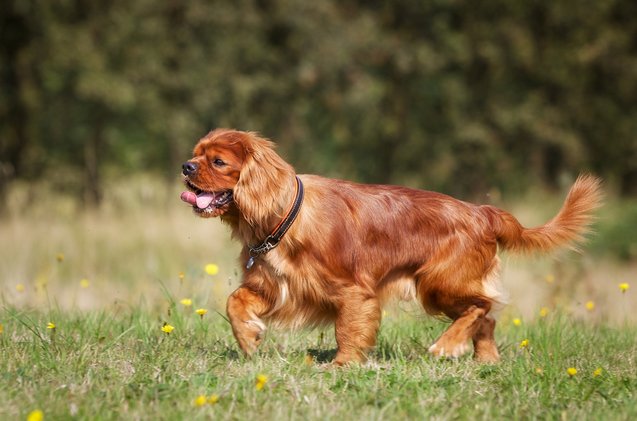
Patellar Luxation in dogs can be a pain in the knee – is your pooch at risk?
When it comes to keeping your pet healthy, you probably think most about diseases that your pet might be exposed through contaminated food and contact with other animals. You may not think about congenital and orthopedic diseases to which your dog might be genetically predisposed. One of the most common orthopedic conditions seen in dogs is patellar luxation. Let’s go over the basics about what patellar luxation is, its symptoms, and various treatment options.
What is Patellar Luxation
Patellar luxation in dogs is an orthopedic condition affecting the patella, or kneecap, of dogs. In healthy dogs, the kneecap sits within the groove formed by the femur, thigh bone, in the knee, affixed in place by the patellar tendon. In cases of patellar luxation, the patella becomes dislocated, slipping out of the femoral groove when the knee is flexed. This condition is diagnosed in approximately seven percent of puppies and it is particularly common in toy and miniature dog breeds. Some of the small-breed dogs prone to the disease include Cavalier King Charles Spaniels, Yorkshire Terriers, Boston Terriers, Chihuahuas and Pomeranians, while larger breeds affected can include Labrador Retrievers, Akitas, and Great Pyrenees.
Related:What Is Hip Dysplasia In Dogs?
Causes and Symptoms
In some cases, patellar luxation results from injury to the knee which can cause sudden lameness of the affected limb. In most cases, however, the cause of patellar luxation remains unclear. What is known is that dogs exhibiting non-traumatic patellar luxation commonly have a shallow femoral groove – in some cases, it is absent entirely. The fact that the disease can be detected early on suggests that it may be a congenital condition or a developmental misalignment of the mechanism in the knee.
The symptoms of patellar luxation vary depending on the severity of the condition. In the early stages of the condition or in mild cases, you may only notice occasional limping or hopping as well as shaking of the leg or stretching before use. As the disease progresses, lameness in the affected leg becomes more apparent and frequent until, eventually, it is permanent. In young puppies affected by the disease, they often have a bow-legged appearance that worsens as the dog ages. In large-breed dogs, patellar luxation may produce a knocked-knee appearance.
Related:Adding Dog Supplements To Your Pooch’s Diet
Treatment Options
The diagnosis of patellar luxation typically requires X-rays of the limb. In some cases, fluid samples may be taken from the joint to determine if there has been an increase in mononuclear cells. A physical examination will also be necessary to assess the movement of the knee. Unfortunately, once diagnosis has been made there is no medical treatment that has proven to be effective. Depending on the severity of the condition, surgery may be the best and only option. In 90 percent of cases, surgery to correct the structure of the knee mechanism and to correct the movement of the kneecap is successful in freeing the dog from future lameness and dysfunction. Surgical corrections for patellar luxation may involve fastening the kneecap to the outside of the bone to prevent slippage – it may also involve deepening the femoral groove to prevent the patella from slipping out of joint.
Patellar luxation is a serious condition in dogs that, if left untreated, can result in extreme pain and even lameness in the joint. If your dog is at-risk for patellar luxation, or if you notice some of the symptoms of the disease, take him to the vet for an examination. The earlier you detect and treat the condition, the better your dog’s chances of recovery.


